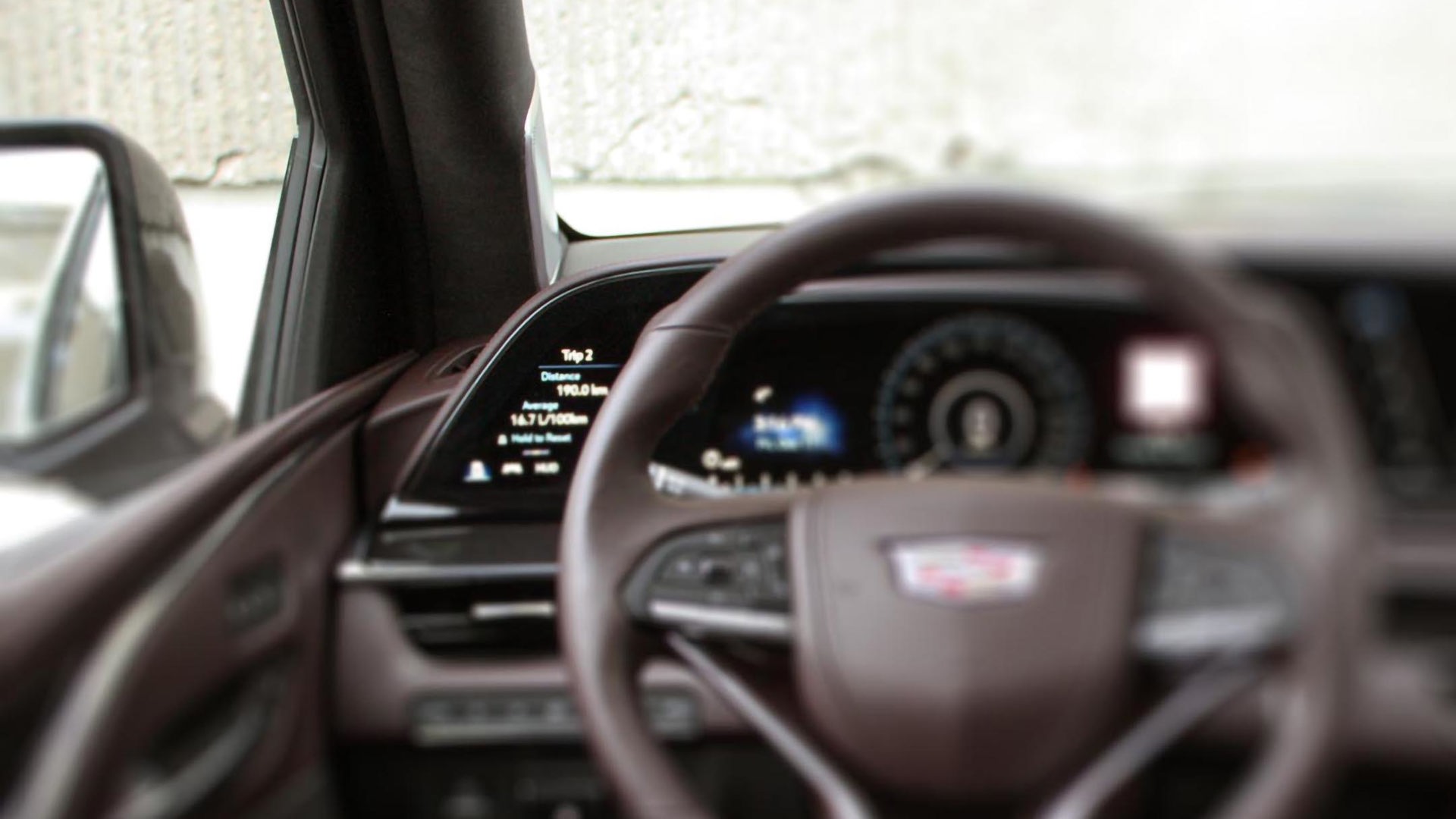The Insurance Institute of Highway Safety (IIHS) released a study in March that concluded minivans, large vans, pickup trucks, and sport utility vehicles (SUVs) were more likely than cars (sedans, convertibles, and hatchbacks) to be involved in collisions with pedestrians crossing the intersection if turning left or right. The study implied potentially problematic visibility of pedestrians near the front corners of these specific types of vehicles compared to cars, likely due to larger blind zones created by their larger A-pillars, though further research is required to validate. The findings could be compelling given the popularity of these vehicles in North America.
The A-pillars of a vehicle are the left and right columns of the frame surrounding the front windshield. When turning left or right, those pillars are directly in the line of sight of the driver looking in that direction for a clear path. Pedestrians, being relatively small especially at a distance, can easily be hidden in the A-pillar blind zone even if for only a second or two, which is often all it takes for a collision to occur.
It is evident that the perceived size of A-pillars from the driver’s perspective has grown over the past decade regardless of vehicle type. To see whether larger vehicles like pickups, vans, and SUVs had larger A-pillars than cars over that same period, I enlisted the help of engineering firm Munro & Associates.
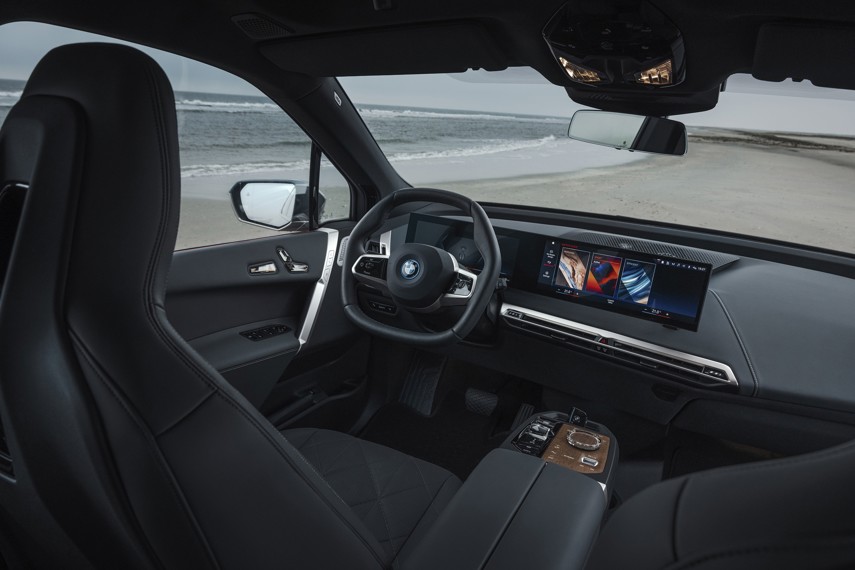
Munro & Associates specializes in vehicle teardown benchmarking and consulting on “Lean” vehicle design and manufacturing methodologies for many car companies, known as the Original Equipment Manufacturers (OEMs). Having torn down and analyzed countless vehicles over the past 20 years, they have unique multi-OEM experience in all aspects of automotive design, engineering, and manufacturing. I spoke with one of their senior engineers and Program Manager, Jordan Arocha on the topic.
According to Arocha, the primary drivers of the increased size of A-pillars over the past decade are expanded government-mandated safety standards and additional contents packaged within the A-pillar, such as larger wiring harnesses to support more electronics, or other features like a sunroof drain. And interestingly, larger vehicles like vans, pickups, and SUVs do not necessarily have larger A-pillars relative to cars.
He pointed out in particular several of the United States’ Federal Motor Vehicle Safety Standards (FMVSS) that are applicable to nearly all cars, vans, pickups and SUVs that result in larger A-pillars.
Why Have A-Pillars Become So Large?
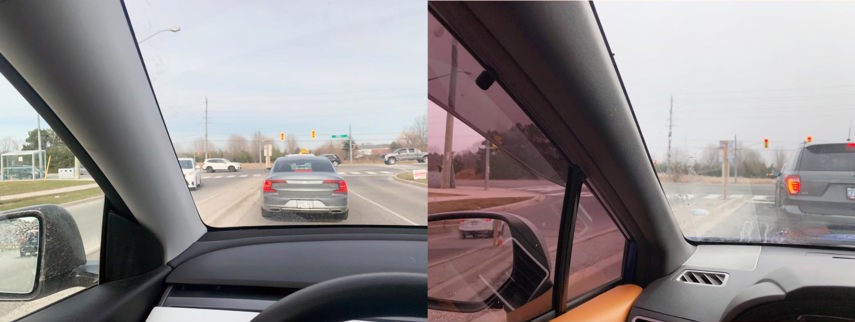
FMVSS No. 201U, which dates back to 2007, lays out certain requirements to keep passengers’ heads safe in a collision. To meet this standard, the surface shape of A-pillar trim pieces is designed to absorb energy upon head impact. Also, an air gap is intentionally reserved behind the trim to allow for such absorption. These engineering elements meant to minimize head injury upon impact result in a larger A-pillar blind zone.
FMVSS No. 226 requires most passenger vehicles to have systems to reduce the likelihood of complete or partial ejection of occupants through the side windows during rollovers or side-impact collisions. OEMs use side curtain airbags that are sometimes embedded behind the A-pillar trim for this purpose, thereby further increasing the size of the A-pillar. This requirement was phased into full compliance in 2017.
Another safety standard also phased into full compliance in 2017, FMVSS No. 216a is a roof crush resistance requirement designed to maintain a safe occupant interior space in the event of a rollover where the full weight of the vehicle is supported by its roof structure. The standard states that the roof of the vehicle must be able to support at least three times the vehicle’s weight without significant deformation and intrusion into the occupant space.
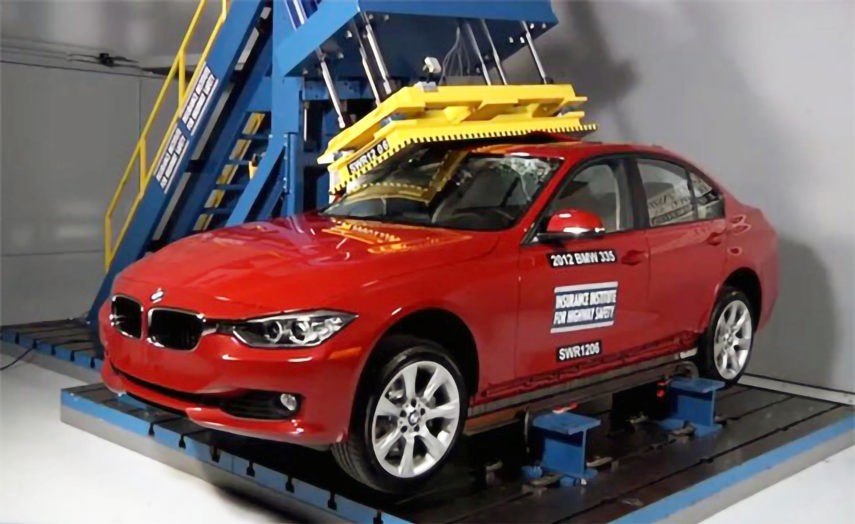
Being one of the key structural members of the roof, the A-pillars must be wide enough so that they have the strength and stiffness to meet the roof crush resistance requirement. Further, modern styling and enhanced aerodynamic requirements of a vehicle place further demands on the A-pillars, because a long, sweeping front windshield with a high degree of rake requires significantly stronger and stiffer A-pillars to resist roof crush.
In addition to the United States’ federally mandated vehicle safety requirements, Arocha also pointed out the IIHS’s frontal, small overlap rigid barrier (SORB) crash test, which also places heavy demands from the A-pillars. Although not federally mandated, most OEMs try to engineer their vehicles to score well on the IIHS’s various crash tests. The SORB test, first performed in 2012, is a frontal crash test where only the corner 25 per cent of the vehicle’s width strikes the barrier. Because only the front corner quarter strikes the barrier, to score well, a single A-pillar must be able to absorb significantly more energy throughout such a crash event compared to a moderate overlap crash where more of the vehicle’s width strikes the barrier and more structure can contribute to energy absorption.
How Does a Vehicle’s Body Style Make a Difference?
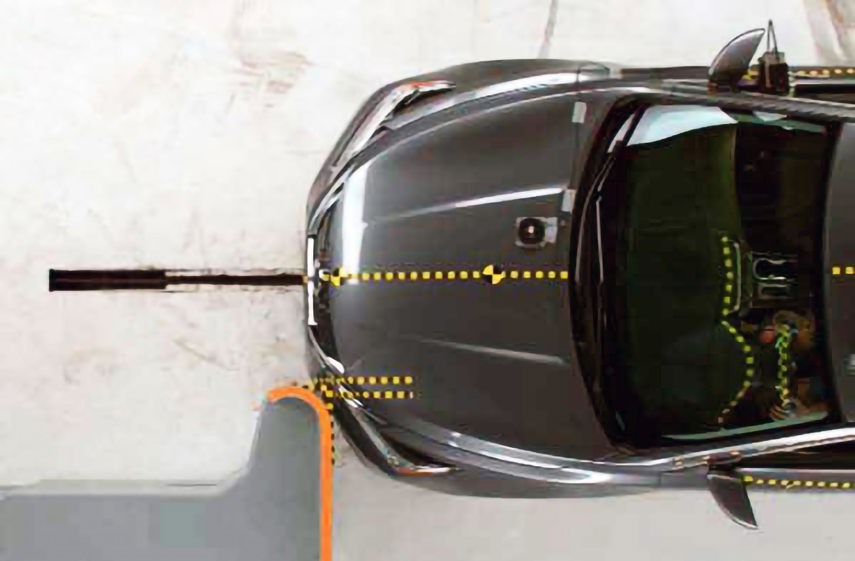
“The need to meet more and more of these safety standards over the years, combined with other requirements like packaging more contents, styling, aerodynamic efficiency, as well as the general weight increase of all vehicles over the past decade, collectively is what resulted in larger A-pillars,” explained Arocha.
“It should not be assumed that vans, pickups, and large SUVs have larger A-pillars just because of what they are,” he added.
To illustrate, the Tesla Model 3 is classified as a car and weighs less than a Toyota Highlander (an SUV) but has significantly larger A-pillar blind zones than the Highlander. This is due to Tesla’s large front windshield with its rather extreme rake angle, compared to the smaller, and boxy design of the Highlander’s front windshield that enables it to have thinner A-pillars while still meeting the same safety standards.
What Can Be Done?
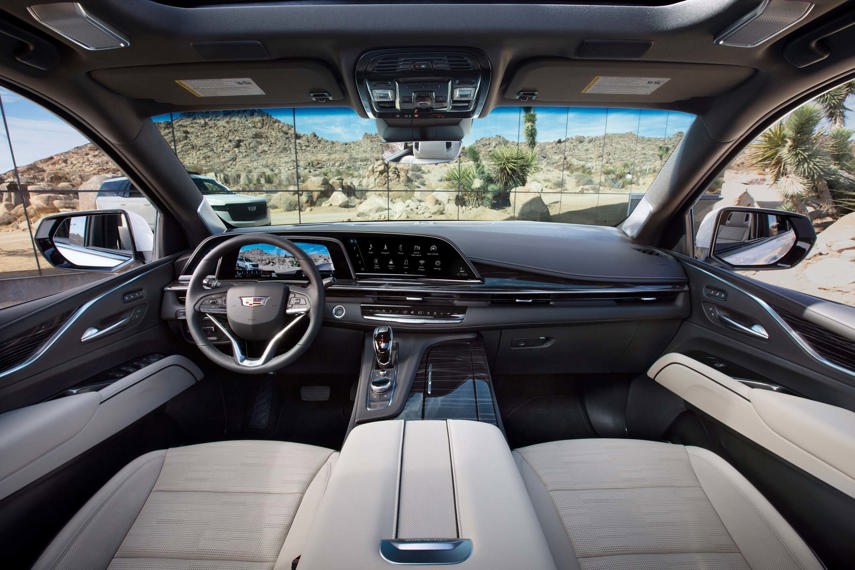
Ironically, there is currently no safety standard that limits the maximum sizes of vehicle A-pillars to keep blind zones to a minimum. While reducing A-pillar blind zones is high on OEMs’ engineering priority list according to Arocha, unless there is a federally mandated safety requirement, it’s likely that not much will change.
The safety sensors, cameras, and systems in vehicles are getting more advanced and some already offer pedestrian detection, however, which might help matters, but they’ll have to be more advanced and widely implemented to make a bigger impact.
Final Thoughts
Although the information regarding A-pillar sizes does not directly explain the IIHS’s data showing SUVs and other large vehicles hitting pedestrians more often than cars while turning, it still suggests that the lack of driver visibility of pedestrians around the front corners of the vehicle can be problematic. So next time you’re turning through an intersection, keep in mind that the A-pillar might be obscuring your view and make an effort to look around it. You may be surprised by what’s lurking behind!
